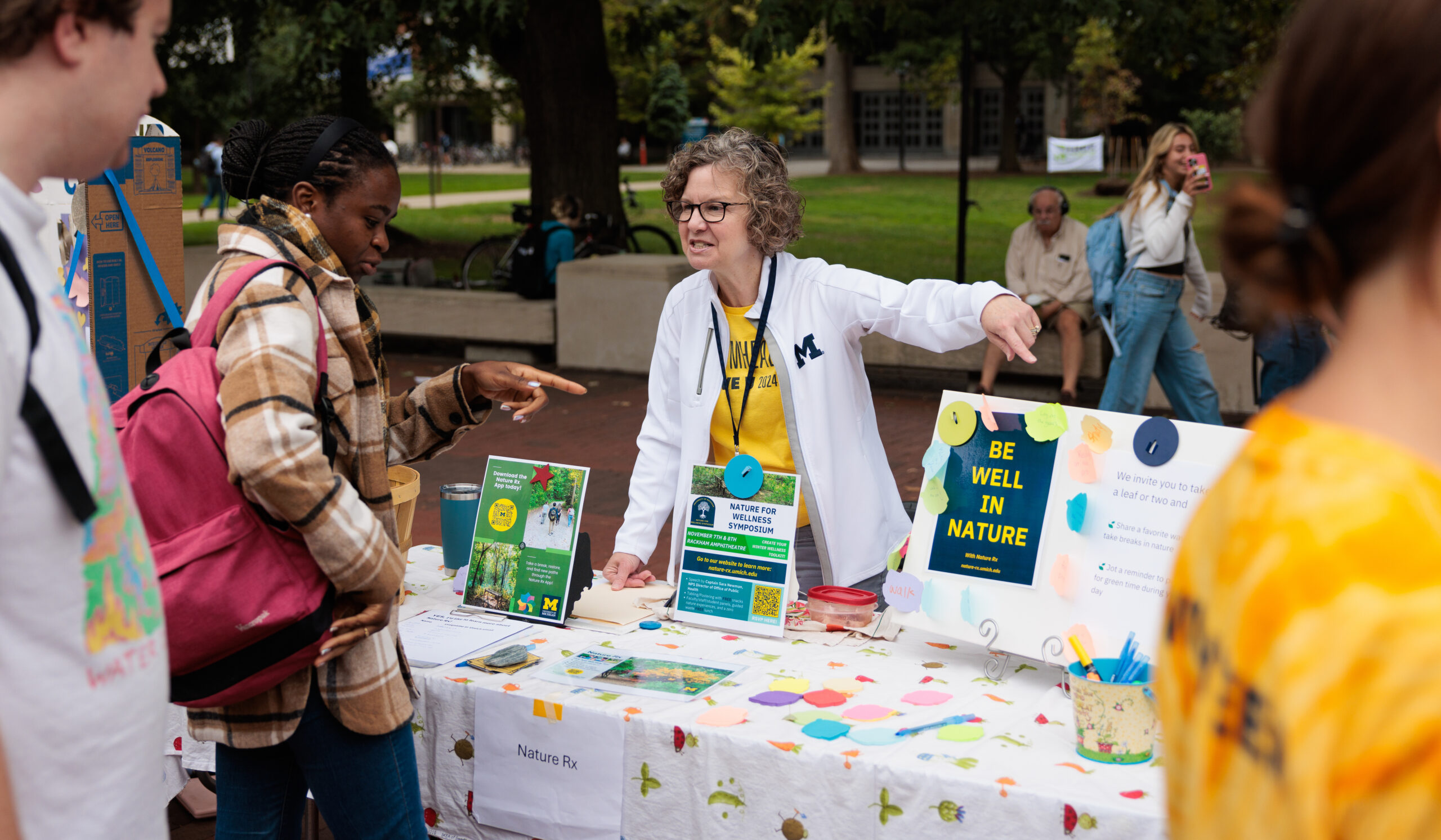Michelle Adams is a U-M professor of law. Her research centers on race discrimination, school desegregation, affirmative action, and housing law. We spoke to her about the two pending Supreme Court cases that address affirmative action in college admissions.
As we await the Supreme Court’s decision in the SFFA v. UNC and SFFA v. Harvard cases, what is on the line?
The court is going to decide whether schools, both public and private, can continue to use race as a factor in determining who’s going to be admitted to their classes. In Grutter v. Bollinger, U-M’s law school’s plan for using affirmative action was upheld by the Supreme Court. The cases that are now pending before the Supreme Court ask the Supreme Court to overturn that ruling.
In 2006, Proposal 2 passed in Michigan, effectively banning affirmative action in college admissions. How are these cases related to that proposal that’s still the law in our state?
In some respects, the answer is “it’s not.” Because of state law in Michigan, U-M does not use race as a factor in determining who’s going to get into undergrad or graduate schools. So I don’t think that these cases are going to have that much impact with respect to how U-M chooses its class at the moment. I think long term, these cases will affect who gets into undergrad institutions and ultimately will shape what university graduate classes look like across the country, including U-M.
If the Supreme Court rules in favor of SFFA, what will that mean for college admissions as a whole?
I think to a large extent, we don’t know the answer to that yet. What I think is likely to happen is the court is going to say “you can’t use race in admissions.” But then what does that mean? Does it mean that they have to redact large amounts of information in student applications? For instance, what if a student attended a historically Black college? Ninety-nine times out of 100, that student is going to be African American. Does that mean that the university can’t know where they went? These are the kinds of really thorny and complicated questions that the court could let the universities work out, or they could give more specific guidance as to exactly what admissions officers have to do.
In 2006, after that proposal passed, the diversity of the student population decreased at the University of Michigan. If colleges are unable to use affirmative action, what other ways might they legally be able to support diverse student populations?
In these two cases, U-M submitted an amicus brief. I’d recommend taking a look because it goes through, step-by-step, painstakingly, exactly what U-M has been trying to do since affirmative action was outlawed in Michigan. The University has taken a huge number of measures, of which we should justifiably be proud, to open up the process so that all students in the state of Michigan can have access.
It may be fruitful to start thinking about other kinds of proxies. For instance, can family income be used as a preference? The question becomes whether we think that’s going to yield the same amount of diversity as we were getting before when we’re using race directly as a factor in admissions.
But for the vast majority of schools, like community colleges, what happens at Harvard or UNC isn’t going to have a large impact because the issue is really at the selective institutions.
Why do affirmative action cases like these continue to rise to the Supreme Court?
It’s hard for me to answer that question because if it were up to me, I would not be challenging these programs. I think these programs are one small way to help address some of the inequities that have existed for hundreds of years and continue to exist today. I don’t understand why, when we’re talking about a relatively small number of schools, a relatively small number of students, when race is already being minimized because it had to be consistent with the Supreme Court’s earlier decisions, why there’s still such significant hostility to these programs? It’s a good question to ask folks who are continuing to fight against them.
Is there anything else you’d like our alumni to know?
Continue the engagement. Really be engaged in thinking about if this is the direction that we think our institutions of higher learning should go in. If these schools really are the pathways to leadership in our country, and if we are living in a multiracial democracy, is this a wise social policy to have? I don’t think it is. And so I would ask alumni to continue to think about that.





